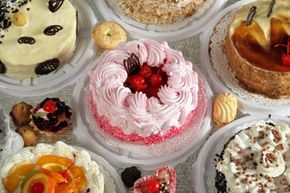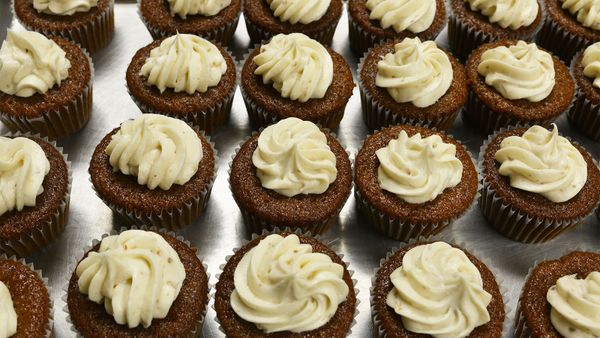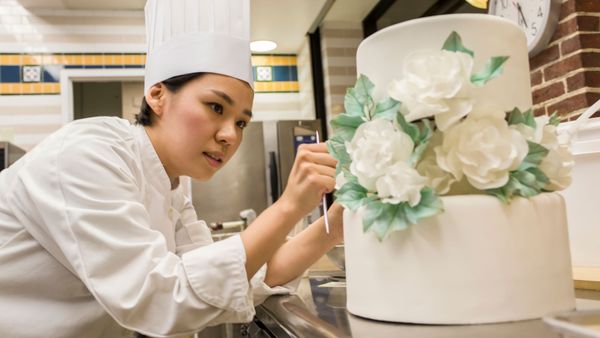When we broach the topic of cake, we start getting into passionate territory. People define important moments in life, like birthdays, weddings and holidays, with cake. And specific cake varieties, like cheesecake, chocolate cake, angel food cake and fruitcake inspire strong feelings, of like and dislike.
Whether you like your cake with frosting or without, chances are that you have a weakness for some form of this baked confection. Who do we have to thank for this traditional dessert? No one really knows. Baking is an interesting craft, and the process of adding a bit of this and a pinch of that leads to unexpected and sometimes exciting results.
Advertisement
From Bread to Cake
Food historians see new developments in baking over the centuries as a series of methods overlapping and morphing from one thing into another as new ideas and ingredients become available or popular. It's hard to determine at what point a flat, unleavened bread became a sweet yeast bread. One could even argue that, given the available baking techniques and ingredients of a particular period, certain discoveries were just a matter of time regardless of who was wearing the oven mitt on the fateful day.
We do know that the ancient Egyptians were good bakers who made honey-sweetened dessert breads and that cake started as a modified bread product. In fact, there was no distinction between bread and cake for quite a while, although fancy sweet breads were made with a variety of grains and added ingredients, like dried fruits, seeds and wine, and were specifically served as sweet treats. These early cakes were flat and dense, a baked dessert that was very different from what we associate with the term cake today.
A Leaven in the Lump
Cake as we know it has a soft and tender consistency. These aren't terms of endearment but descriptions of the nature of the cake itself, a low-gluten product that's much softer than bread and spongier than a biscuit. To achieve this, the dough has to be uniformly lightened by the presence of many small bubbles. This lightening of the dough by adding air is achieved through the use of a leaven.
The Romans probably perfected the practice of adding yeast as a leavening agent to cake, and later the Italians in the 16th century developed the art of leavening without yeast by adding whipped eggs to batter. Both methods created a lighter cake but were time-consuming and could be tricky. By the mid-1800s, the introduction of bicarbonate of soda and baking powder made it easier to bake an airy cake quickly and consistently [source: Davidson].
Supply and demand played a part in the genesis of the modern cake, too. The availability of flour, eggs, sugar, spices and fat were important in the development of cake making, as was the addition of a dessert course to mealtime, the tasty spot in a multi-course meal where a light, creamy cake could take center stage.
The introduction of new ingredients, changes in attitudes toward mealtime, geography and economy all contributed to the development of the cake as a popular dessert. Although baking a cake often marks an important event, there is no single defining event in the history this old standby. If you're a cake lover, you're probably much more concerned with filling and frosting than history, so grab some milk and cut a big slice. Cake is one of the most popular American desserts, so you'll be in good company.
Advertisement



